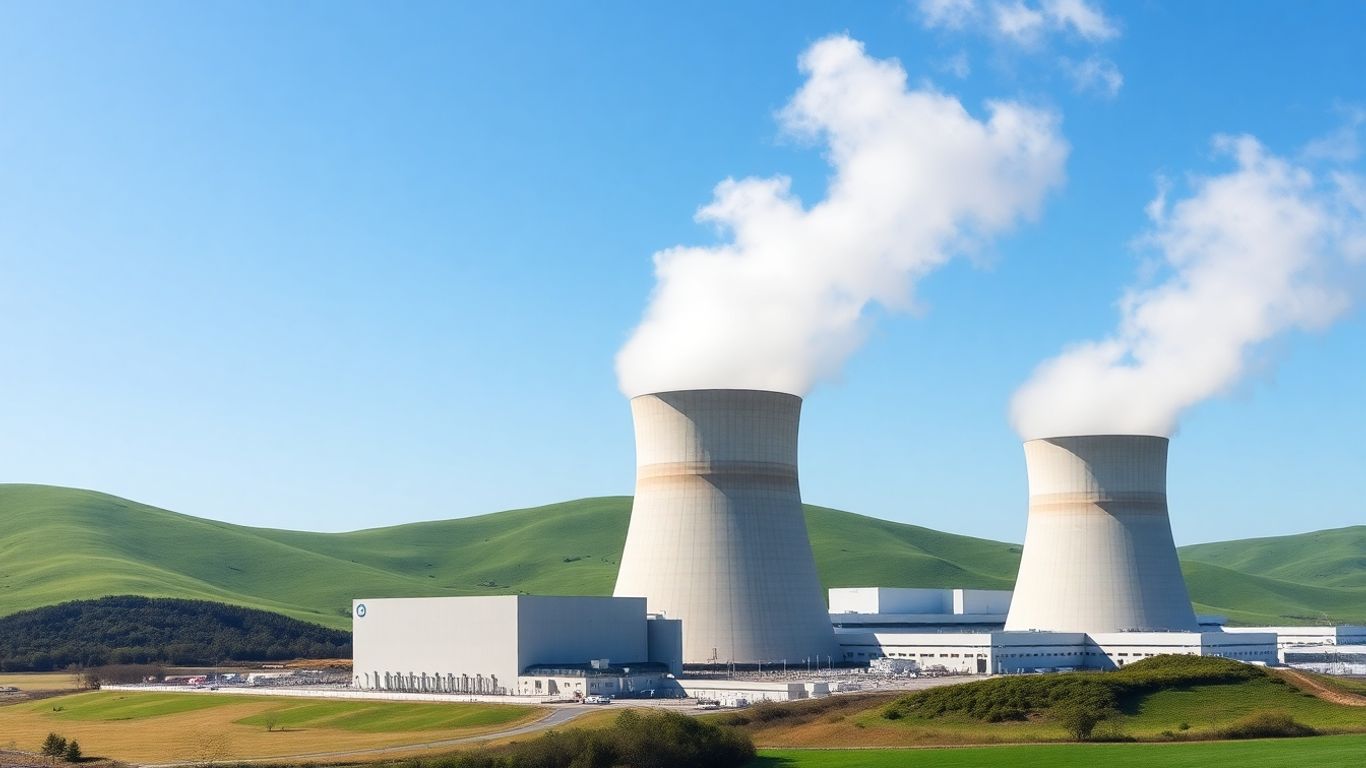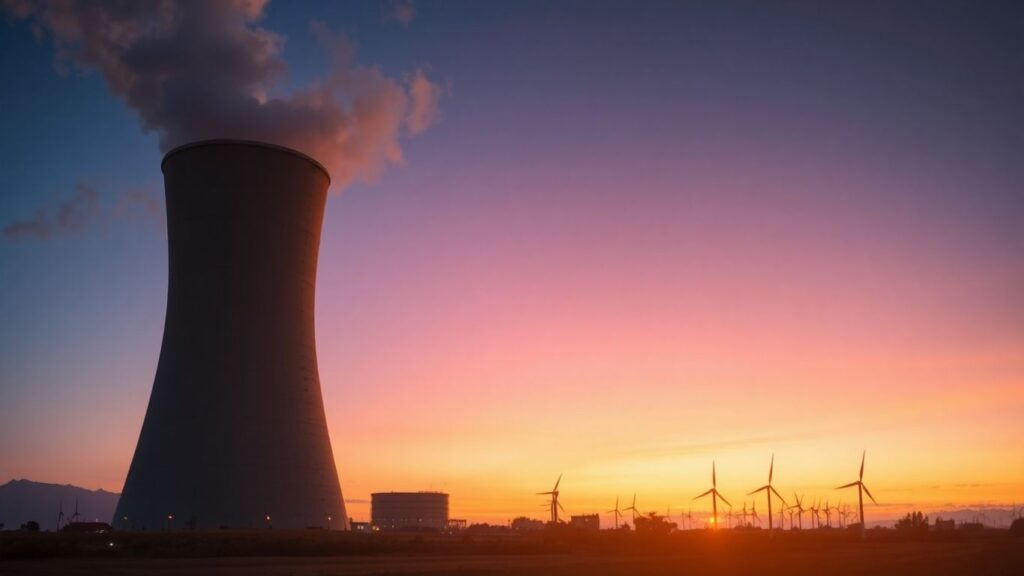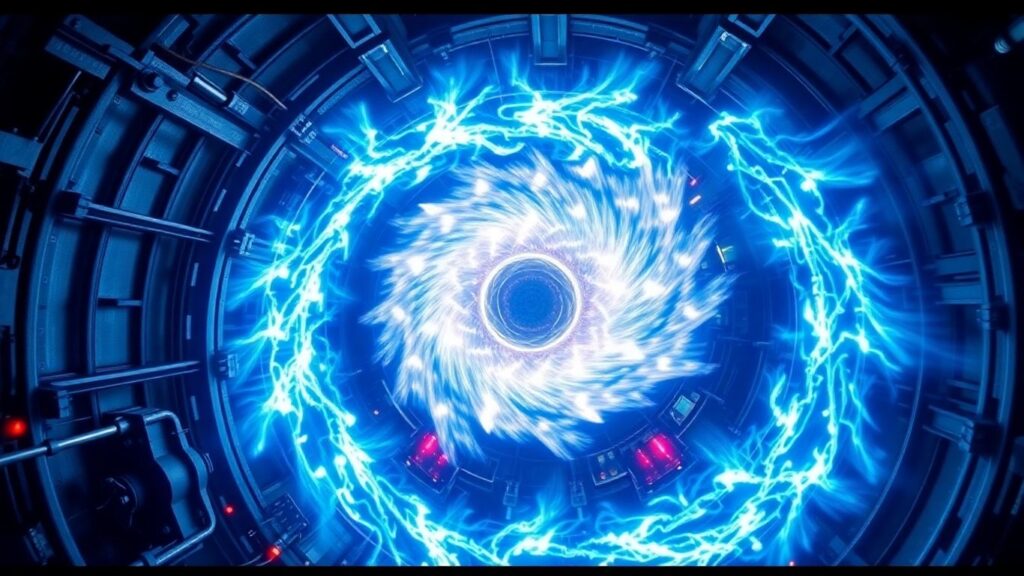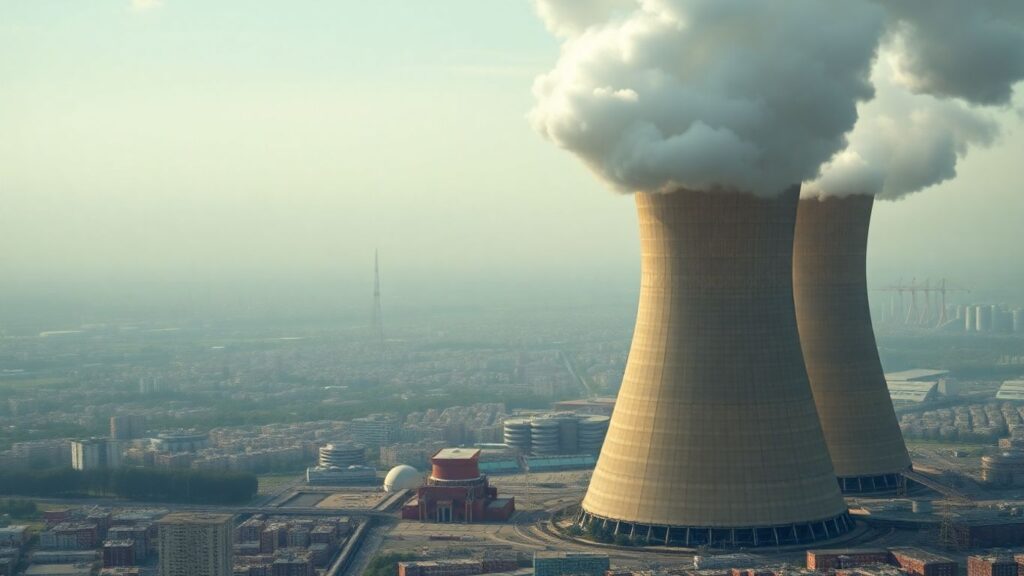New York Governor Kathy Hochul has announced ambitious plans to construct the state’s first major new nuclear power plant in over 15 years. The initiative aims to add at least 1 gigawatt of zero-emission nuclear power generation to the state’s grid, supporting its transition to a clean energy economy and enhancing energy independence.
Key Takeaways
- New York plans to build its first major new nuclear power plant in over 15 years.
- The plant will add at least 1 gigawatt of zero-emission nuclear power generation.
- The move aims to support a reliable, affordable electric grid and energy independence.
- Renewable energy advocates have criticized the decision, urging a focus on solar and wind power.
A New Era for Nuclear Energy in New York
Governor Hochul has directed the New York Power Authority (NYPA) to develop and construct an advanced nuclear power plant in upstate New York. This project is envisioned as a crucial component of the state’s energy strategy, complementing existing renewable energy efforts and providing reliable, zero-emission baseload power. "As New York state electrifies its economy, deactivates aging fossil fuel power generation and continues to attract large manufacturers that create good-paying jobs, we must embrace an energy policy of abundance that centers on energy independence and supply chain security to ensure New York controls its energy future," Hochul stated.
Renewable Energy Groups Voice Opposition
The announcement has drawn sharp criticism from renewable energy advocates. The Public Power NY Coalition argued that NYPA should prioritize scaling up solar and wind power, which they believe is the most effective way to meet the state’s climate goals and reduce energy bills. "NYPA has the power and mandate to build 15GW of renewables and should not let Trump promises lead New Yorkers away from it," the coalition said in a statement, suggesting the governor’s decision was influenced by political promises rather than a genuine commitment to affordable energy and the climate future.
The Broader Context of Nuclear Power in the US
This development represents a significant test for former President Donald Trump’s executive orders aimed at accelerating nuclear power development in the United States. While a specific site and reactor design have yet to be determined, one gigawatt of power is sufficient to energize approximately one million homes. Nationally, nuclear power currently accounts for about 19% of electricity generation, a figure that has seen a decline from its peak. However, there is a growing trend of large technology companies licensing power from existing nuclear facilities to meet the substantial energy demands of AI computing centers.
Shifting Energy Landscape and Past Decisions
In recent years, the US has seen limited new commercial reactor construction, with only five coming online since 1991. Despite this, electric utilities forecast a need for the equivalent of 34 new full-size nuclear plants in the next five years to meet projected power requirements. Major tech firms like Microsoft, Amazon, and Google have recently entered into agreements to purchase nuclear-generated power, underscoring its role in powering data centers. This contrasts with New York’s past decision to retire the Indian Point nuclear plant in 2021, partly due to environmental concerns and its proximity to Manhattan. The closure led to an increased reliance on fossil fuels, raising greenhouse gas emissions.
Streamlining Regulations and Future Outlook
Governor Hochul has expressed a desire to streamline the regulatory process for nuclear power development, citing the lengthy approval times as a major barrier. She suggested that efficiency-focused government initiatives could help accelerate approvals at the Nuclear Regulatory Commission. "Why does it take a decade? That’s why no one is doing it; the barriers are too high," she remarked. Environmental groups, however, have cautioned that an accelerated push for nuclear power could potentially weaken health and safety regulations.












